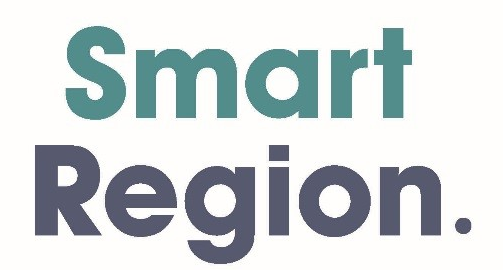The Internet Of Things
The Internet provides access to information on any subject at any time. But the Internet of Things connects countless devices that collect information on everything we do.
The Internet of Things
The Internet of Things is presented as a random maze of technology that allows us to connect and communicate. Its apparently haphazard nature is however shaped by commercial interests that lie behind its free and open mantra to empower the citizens of the world.
The desire of the digital age to capture and store everything about us provides the momentum for the Internet of Things. But as an unintended consequence private lives become public and private information is sold with scant care or permission. Technology, through the spread of smart devices, adorns our bodies and clothes, populates our homes and work places, and tracks us in our movements.
The concept of connection is appealing with its leanings towards linking everyone to everything. Its practical application is more sinister however as millions of devices record and remember our every decision.
Technology in the shape of smartphones and fitness apps shape personal profiles that populate databases of boundless material. Models of individual behaviours are sold to fuel the next technology that collects even greater quantities of data.
Wearing technology
Wearing such technology is offered as a fun way to study our habits and as a fitness and lifestyle benefit. But it migrates to a cloud-driven archive of evidence shared at rapid speed to inform businesses of our current value and future profitability.
On the positive side are special offers and discounts on everything from holidays to health care; on the sinister side are potential penalties and omission of offers as our lives are analysed to identify risk.
There is also the danger that the Internet of Things defines a set of behaviours and nudges us in that direction to the detriment of those who resist and become isolated. In this context, we are in a honeymoon period as information is invisibly gathered to make silent judgements on how we live.
Smart homes and buildings are also harnessed in the digital war as data is analysed to glean as much intelligence as possible. Where we live, where we work, and where we visit are crammed with devices that capture the choices we make.
The physical environments we visit each day are dominated by technology that sucks in our information too. The aim of such landscapes is to learn as much as possible as quick as possible through as many devices as possible.
There are of course advantages as we benefit in times of crisis and emergency. Yet the disadvantages are rarely discussed given the amount of technology that exists and the momentum behind the romance of its possibilities.
So, the Internet of Things collects our information and connects us with each other in ways beyond belief, which are in equal measure a wonder and a worry.




